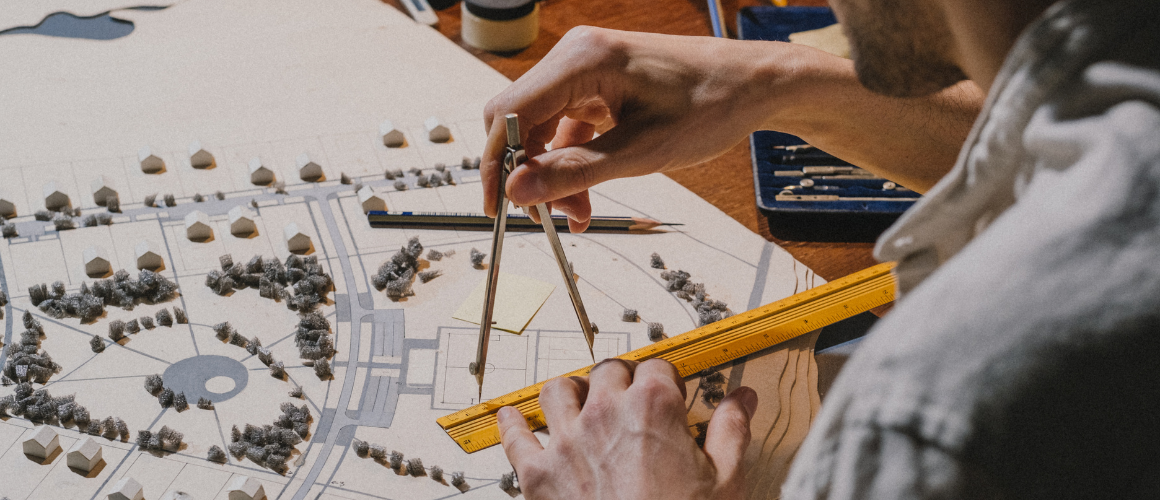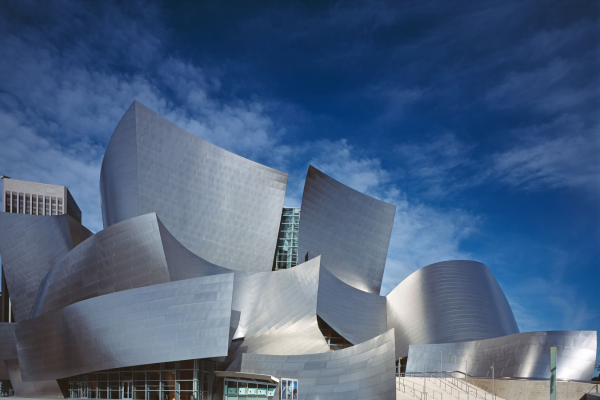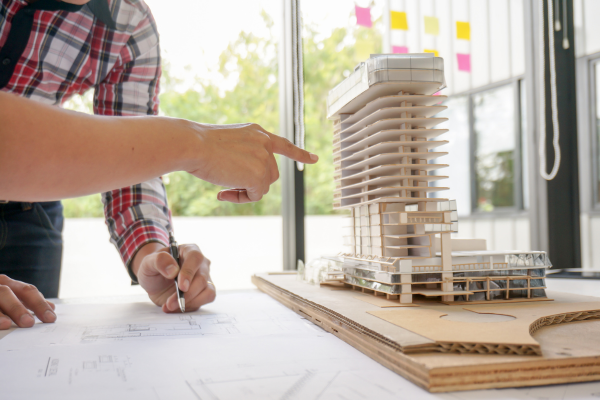
Eco-Inspired Building: How BIM Enhances Biomimetic Architecture
Imagine you're walking through a forest. You notice how each plant and animal has found its unique way to thrive. Now, think about buildings. What if we could design them to be as smart as nature? That's where biomimetic architecture comes into play, and BIM (Building Information Modeling) is the tool making it happen.
Biomimetic architecture draws inspiration from nature's genius to create buildings that are more sustainable, efficient, and in harmony with their environment. It's like designing a building that breathes, adjusts, and grows just as nature does. BIM technology is the magic wand here. It lets architects and engineers model these natural inspirations into real-world designs on their computers. With BIM, creating buildings that mimic the efficiency of a leaf or the strength of a spider's web isn't just a dream; it's becoming a reality.
This is more than just an innovative way to build. It's a shift towards embracing nature's wisdom, aiming for a future where our structures don't just stand on the earth but become a part of it. It's about making our world a better place, one building at a time. Let's dive into how BIM is helping turn nature's lessons into blueprints for the future.
Biomimetic architecture is like nature’s whisper guiding architects. It’s the art of designing buildings that learn from the wisdom of natural forms, processes, and ecosystems. Imagine a building that cools itself like a termite mound, or a structure as efficient as a tree at harnessing sunlight. That's biomimetic architecture in action.
The essence of this approach is simple: look closely at nature, notice how everything serves a purpose, and then apply these lessons to our buildings. It’s about more than just copying nature’s looks. It’s about understanding how nature solves problems and then mimicking these solutions in our designs. This way, our buildings can become more sustainable, energy-efficient, and even more beautiful.
By focusing on the shape of things rather than the materials, biomimetic design helps reduce costs and environmental impact. A building inspired by a leaf, for instance, isn’t just green in color; it’s green in its very essence, turning sunlight into energy and improving the air around it.
This isn’t just a cool idea; it’s a necessary step towards a more sustainable future. As we face challenges like climate change and resource scarcity, learning from the 3.8 billion years of nature’s R&D can lead us to smarter, more resilient architecture. Biomimetic architecture isn’t just about building; it’s about rethinking our relationship with the natural world, making our cities feel more like ecosystems and less like concrete jungles.
Think of BIM, or Building Information Modeling, as a super tool for architects and designers. It's like a video game that lets you build and see your designs come to life, but for real buildings. Now, mix this with biomimetic architecture, where the goal is to design buildings inspired by nature. That's where BIM really shines.

With BIM, designers can play around with shapes and forms that mimic nature, testing out how they'd work in the real world without laying a single brick. Want to see how a building can catch rainwater like a leaf? BIM's got you covered. It lets you tweak and twist your designs, much like how nature evolves to find the best solution.
This software isn't just about making pretty models. It's a powerful tool that helps teams work better together. Everyone from architects to engineers can see and add to the design, kind of like how bees build a hive together. This teamwork makes sure the building is not just inspired by nature but is practical and doable.
BIM helps make biomimetic design a reality by allowing for simulations. You can check if your building will stay cool like a termite mound before it's even built. This means less guessing and more doing what we know works.
So, BIM doesn't just help create buildings that look like they belong in nature; it ensures they act like it too. This approach leads to smarter, more sustainable buildings. We're talking about structures that use less energy, fit better with their surroundings, and even give back to the environment. Thanks to BIM, the dream of creating buildings that are truly at one with nature is closer than ever.
Merging BIM with biomimetic architecture is like putting peanut butter with jelly; they just make each other better. This combo brings a bunch of cool benefits that make buildings smarter, greener, and more in tune with nature.
First up, it's all about efficiency. BIM's precise modeling cuts down waste, meaning less stuff is thrown away during construction. This is super important for keeping our planet clean. Plus, by looking at nature for design cues, buildings can naturally manage light and heat better, which means less money spent on electricity to keep the lights on and everyone comfortable.
Then, there's the teamwork magic. BIM lets architects, engineers, and construction folks work together seamlessly, like a flock of birds flying in formation. This smooth collaboration helps catch any issues early on, making the whole building process faster and less of a headache.
Sustainability is another big win. Buildings designed with BIM and biomimetic principles are like a breath of fresh air, literally. They're better at using natural resources, like rainwater for flushing toilets or sunlight for heating. This means they're not just good for now, but they're ready for the future, helping fight against stuff like climate change.

Lastly, these buildings are just cool. They stand out because they blend cutting-edge technology with designs inspired by nature. This makes them not only beautiful places to live and work but also a statement about caring for our planet.
So, by combining BIM with biomimetic architecture, we're not just making buildings; we're making a difference. It's about using the best of technology and nature to create spaces that are smart, sustainable, and kind to our Earth.
Turning nature's designs into actual buildings isn't always a walk in the park. One big challenge is the teamwork needed. Imagine trying to build a puzzle with pieces from different boxes. Architects, engineers, and builders need to speak the same language, and sometimes, they don't. This can make the whole process of bringing a biomimetic design to life a bit bumpy.
Another hurdle is making these cool designs a reality. Sometimes, what looks good on paper (or a computer screen) is hard to build with the materials and tech we have. It's like trying to use a hammer to screw in a lightbulb. But the good news is, technology keeps getting better, and what's hard to build today might be easy tomorrow.
Looking ahead, there's a lot of hope. As BIM and biomimetic design get more popular, we're learning and inventing new ways to overcome these challenges. Imagine buildings that not only fit perfectly with nature but also help the environment just by being there. That's the goal.
The future of building is bright, with BIM and biomimetics leading the way. We're talking about smarter, more sustainable buildings that are good for people and the planet. It's an exciting time to be creating spaces that could change the world for the better.
BIM and biomimetic architecture are teaming up to shape the future of building. It's about making structures that not only look to nature for inspiration but also function in harmony with it. This approach is changing the game, creating buildings that are not just places to be but living parts of our ecosystem. As we move forward, the blend of technology and nature-inspired design promises a world where buildings breathe with us, save energy, and contribute to our planet's health. It's an exciting journey toward a future where our creations respect and mirror the genius of nature.